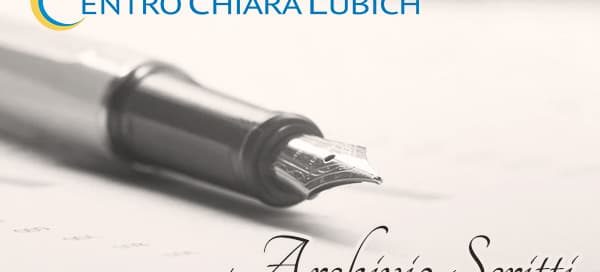Il Dio in cui credere
25 febbraio 1978 Città Nuova {rokbox title=|Dialogo aperto :: di Chiara Lubich - Città Nuova, 25/02/1978| size=|fullscreen| thumb=|images/scritti/19780225_CN-p.jpg|}downloads/chi_19780225_it.pdf{/rokbox} DIALOGO APERTOdi Chiara Lubich “Viviamo anni in cui il pensiero umano è in rapida evoluzione, anche il concetto di Dio. Qual è il vero volto di Dio in cui credere?" R.B. - Roma Il vero volto di Dio in cui credere oggi è quello di sempre. Ma ogni epoca lo sa specificare meglio, penetrare meglio. Per andare diritti alla verità, indiscutibile perché infallibile, sarà bene vedere come Paolo VI mostra nella sua Professione di Fede, nel suo Credo, il volto di Dio: «Noi crediamo in un solo Dio... Noi crediamo che questo Dio è assolutamente uno... Egli è «colui che è» come lui stesso lo ha rivelato a Mosè; ed egli è “Amore” come ce lo insegna l’apostolo Giovanni: cosicché questi due nomi: Essere e Amore, esprimono ineffabilmente la stessa realtà divina».Ecco il vero volto di Dio in cui credere: Dio amore. Non un dio immutabile e relegato lontano nel suo cielo, ma

